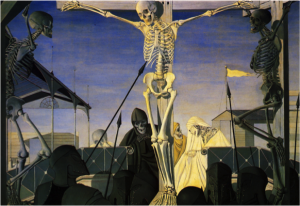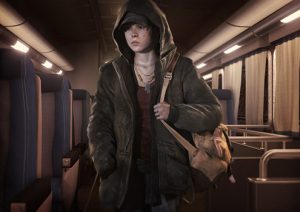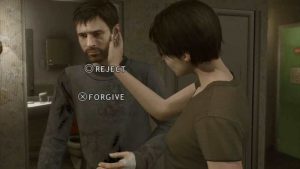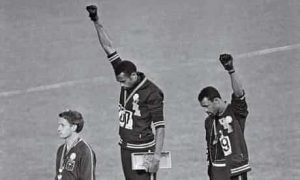The Yale Lecture was developed by Richard Serra from notes after an abandoned sculpture project back in the mid-1980s, Slight Point. This lecture was given in the wake of a similar issue involving his work Tilted Arc. It was removed from the Federal Plaza in New York by a government agency and destroyed after it was deemed to be lacking in ‘aesthetic appeal’. It was debated widely after speculation of it being an ‘act of censorship’ and ‘suppression of speech’. Serra discusses his practice, inspired by the steel mines he worked in at the age of 17 to fund his studies. His site-specific work and its materiality/physicality speaks for itself, it is also heavily dependent on the social and political context in which the work will be/is placed. He believes that the works scale, size and location of the sculpture should be determined by the topography of the site. Compared to that of modernist sculpture, transportable and lacking context. Calling them ‘follies’, he humorously finds similarity in an iron deer on a front lawn, explaining that modernist sculpture is too commonly autonomous with its surroundings. Merely functioning ‘critically in relation to the language of its own medium’.
In an excerpt from Leo Steinberg’s Other Criteria, published in 1972, he discusses the subject of what he calls ‘The Flatbed Picture Plane’. The 70s is the decade that signified a huge shift within the art world. There was a strong sense of rebellion, and need for change. Contemporary Art is said to have started around this time. It was the decade of body art (Gutai), installation art, the conceptual, minimalism, performance art and the rise of feminist art after Linda Nochlin’s article Why have there been no Great Women Artists?, published in Art News in 1971. In one of the best essays on Robert Rauschenberg, Steinberg refers to the artist’s ‘Flat-bed picture plane’, borrowing the term from the flatbed printing press. He describes how Rauschenberg tacks pictures and material on a flat surface as one would with a bulletin board, and how people tack maps or horseshoes on the wall. He describes the flat bed picture plane as a ‘receptor surface’ in which objects are scattered. Steinberg also discusses how the picture plane is an upright, vertical surface that over a huge amount of time has survived even the biggest changes of art style (Willem DeKooning, Rothko etc.), still confronting the human posture, head at the top, foot at the bottom.
In terms of comparison of these two pieces, both explore the idea of change within their field. For instance, from what was said in Serra’s lecture, it is clear that his work embodies the change in which contemporary sculpture had created. It became much more conceptual, well within the context of the sculpture’s location whilst still celebrating its materiality. Steinberg also mentions Duchamp and his paintings in which flat, vertical picture plane becomes horizontal, a whole new viewing experience after the tradition of upright vertical surface lasted so long.
Harrison, C. and Wood, P. (2001) Art in theory, 1900-1990. Oxford, UK: Blackwell, pp. 948-953, 1124-1127










